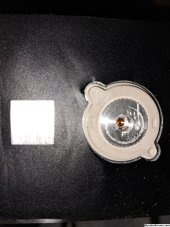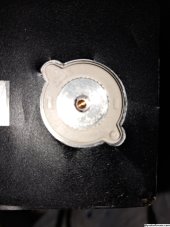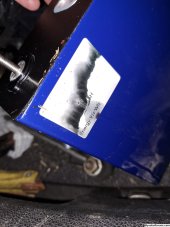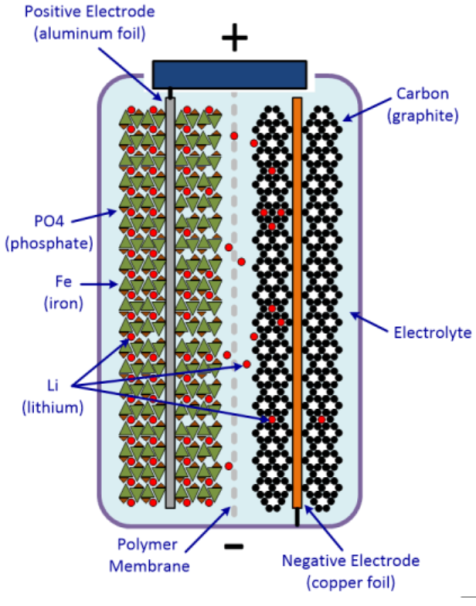That's
Hydrofluoric Acid, hope you didn't get any on you, it readily penetrates skin and can cause severe deep tissue damage and even break down bones.
https://www.uthsc.edu/research/safety/documents/sop-hydrofluoric-acid.pdf
1) Skin Contact
HF differs from other protic acids because the fluoride ion readily penetrates the skin, causing
the destruction of deep tissue layers. This process may continue for days if left untreated. Strong
acid concentrations (over 50%), “cause immediate, severe, burning pain and a whitish
discoloration of the skin which usually proceeds to blister formation.” In contrast, the effects of
more dilute solutions may be delayed. The latency period for symptoms (redness, swelling, and
blistering) to appear after exposure to aqueous HF solutions in the 20-50% range may be up to
eight hours. Solutions less than 20% may not produce symptoms for up to twenty-four hours.
Fluoride ions form insoluble salts with calcium and magnesium in bodily tissue. Soluble salts
can form with other cations, which dissociate rapidly causing further disruption and damage to
tissue. The severe, throbbing pain associated with HF burns is thought to result from nerve
irritation due to potassium cations entering the extracellular space to compensate for reduced
calcium ion concentrations.
Fluoride poisoning is associated with hypocalcemia (low calcium levels), hyperkalemia (high
potassium levels), hypomagnesemia (low magnesium levels), and sudden death. Systemic
hypocalcemia should be considered a risk whenever the body surface area of skin burns from
concentrated HF exceed 25 in2 (160 cm2), or about the size of the palm of your hand.
Concentrated HF burns can be fatal if only 2% of the body surface area is exposed.








